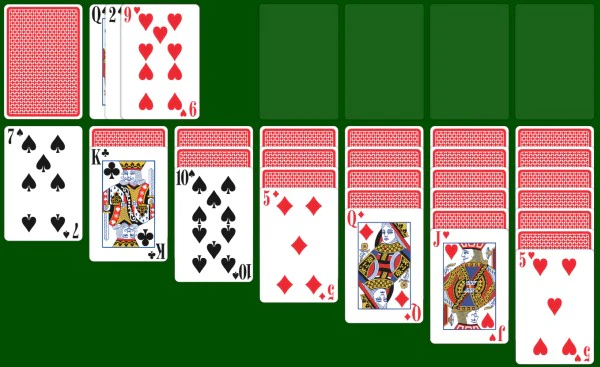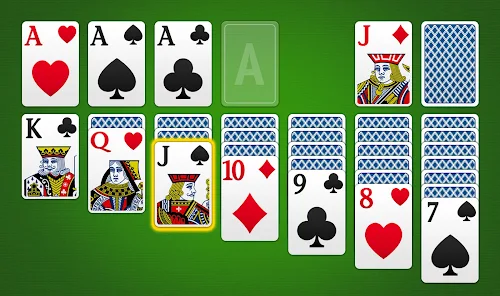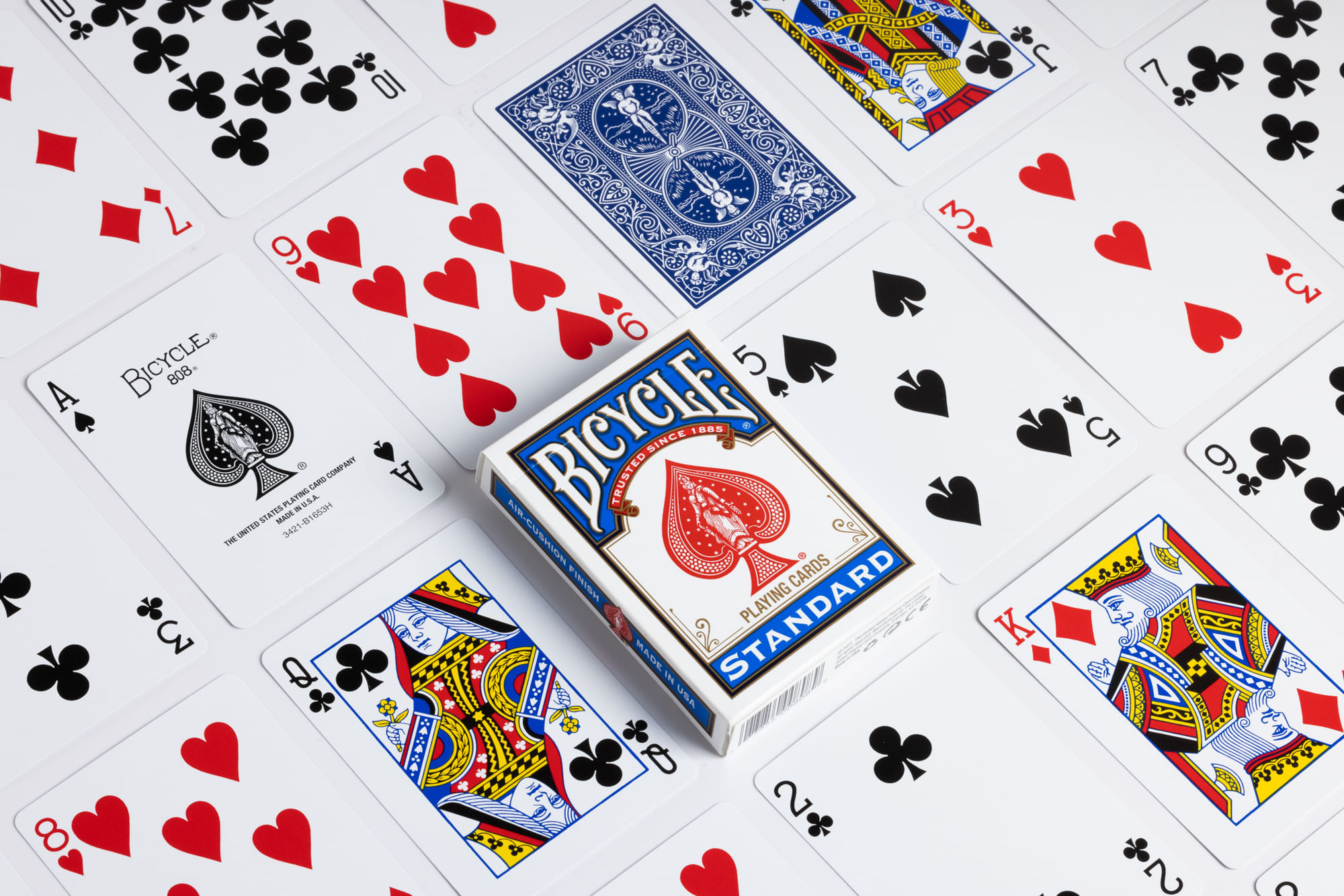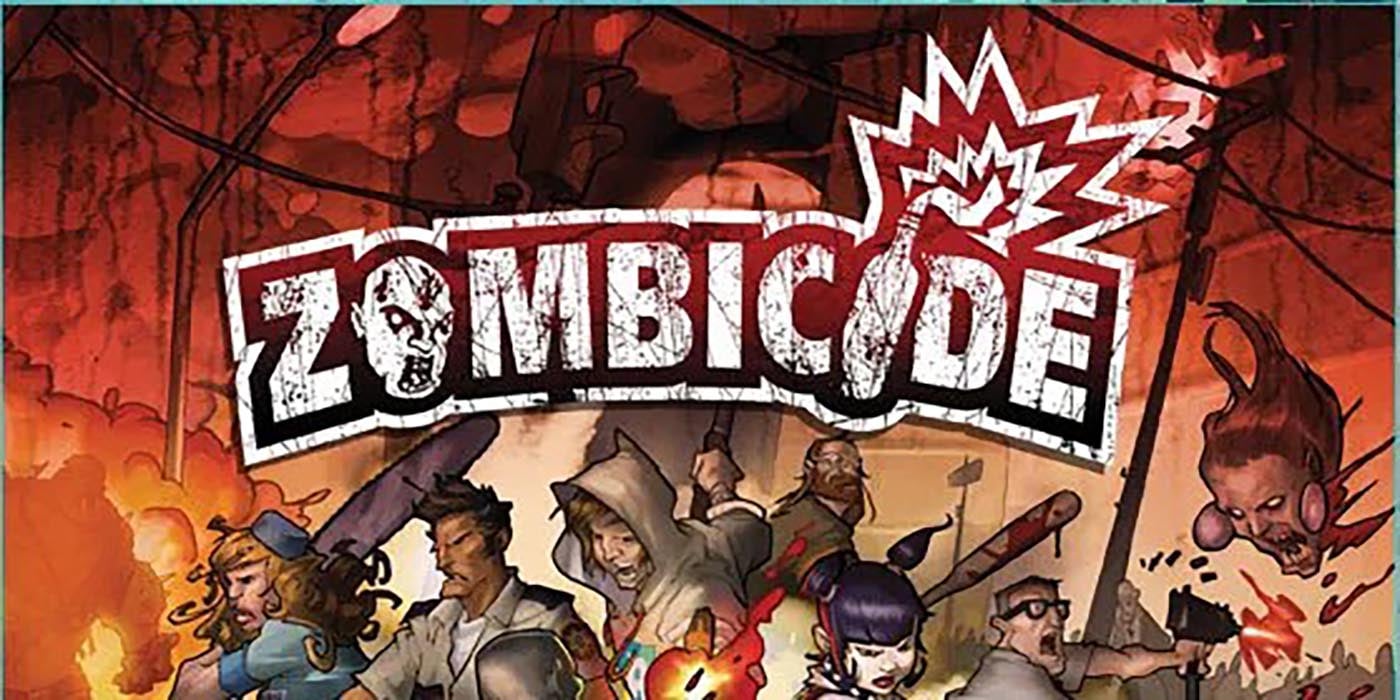Sometimes You’re Playing Solo; Solitaire Explained
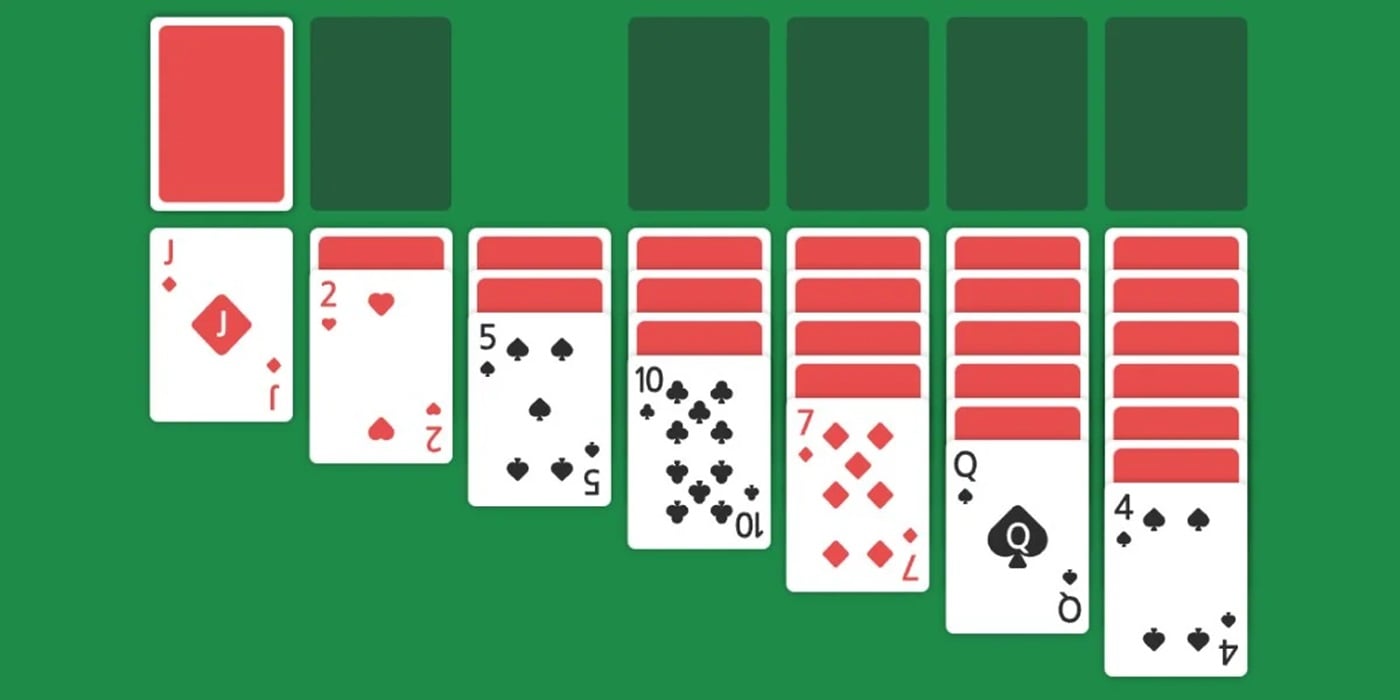
Just how many “work” or “homework” hours did you lose to Windows Solitaire in the 90s and early 2000s? Me too.
Whether you’re alone in front of your computer, or alone in a room with a deck of cards, you’ve probably played a game of Solitaire or two. The solo card game is named for the gameplay style of set-up and playing on your own. If you win, you win. If you lose, nobody wins, but at least you’ve filled a few minutes of time.
Solitaire
Solitaire, also known as “Patience,” is a genre of cards games with a similar gameplay style. It is always a game where the objective is to arrange your cards in a specific order or design and pair them off in order to discard all of them. Usually, Solitaire is played alone by a single player, but some versions work for two or more players at a time.
This is sometimes a game of skill and sometimes a game of luck. But often it seems to be a bit of both, employing both luck and strategy in successful Solitaire games. There are also different classes of Patience style games, depending on the specific game’s object or goal.
We will spend the majority of our time today talking about the common North American version of Solitaire. But we will definitely discuss other Patience games and variations.
The History of Solitaire
The first records of Patience appear in the late 1700s or early 1800s, where its most likely origins were German or Scandinavian. The Germany anthology Das neue Königliche L’Hombre-Spiel where Patience is described as a game played by two people playing alternatively. From there, the game gained a lot of popularity in France throughout the 1800s. A book about the game was published in Russia in 1826, and the first English Language publication apperance was Lady Adelaide Cadogan’s Illustrated Games of Patience in 1870.
Over the years many more books followed. Games of Patience for One or More Players by Mary Whitmore Jones appeared in 1888, was followed up by another six books by 1911. Combined, these volumes include more than two hundred and fifty different “Patience” style games.
In the early 1900’s “Solitaire” became the variety of Patience to become popular and established within North America. While many in the US think of Solitaire of a singular and specific game, Patience continues to be used and palyed in other parts of the world.
How To Play
Solitaire as we know it in North America is played as a solo game by one player. The player arranges seven columns of cards with one face-up card in the first column, once face-up card and one face-down card in the second, one face-up card and two face-down in the third, and so on until the seventh column has seven cards total, only the top most of which is face-up. Remaining cards are placed in a stack to the side.
To play, cards are pulled off of the stack one-by-one and moved around the playing space in an effort to create four separate stacks of cards organized by their suit. This is done by moving the cards around the various columns and out of the deck so they are positioned in numerical order and in alternating color. This helps players reveal as many of the face-down cards as possible and eventually move them all into their suit-piles.
Other Variations
There are two many varieties of Patience or Solitaire to list individually. Some versions have an objective of pairing and discarding or totaling up cards. In some games all of the cards are always visible, while in others players must work to reveal the cards throughout gameplay. Sometimes the final decks are built in sequential order, while others have players building this deck in reverse. A small subset of Patience games require cards have nothing below or above it before it can be claimed and taken out of play.
For the most part, they are all similar games. But the many varieties of Patience differ from each other and from Solitaire in unique ways that gives the family of games a lot of diversity.
And of course, one of the most well known and influential versions of Solitaire came from its inclusion in Windows 1990 onward. The Microsoft OS included Solitaire as one of its baked-in computer games, making the game immediately accessible, and easy to play for anyone with a computer and no interest in getting to their work.
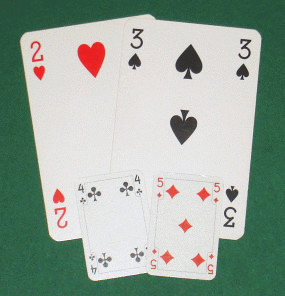
Why is It Called Solitaire?
Because it is played alone, or in solitarily. Other versions of Patience aren’t necessarily played solo, but Solitaire always is, hence the name.
Why is Solitaire So Addicting?
The easy rules, quick games, and fast-paced style of Solitaire makes it a perfect way to take your mind off of things for a while. But perhaps most addicting was the addition of Windows Solitaire making it as easy as a single button press to start and re-start games quickly. It’s very easy to get stuck and start over immediately.
Is Solitaire a Game of Skill or Luck?
Both. There are aspects of the game that require a great deal of strategy and calculation. But sometimes you just can’t access the cards you need, and that’s all up to the shuffle of the deck.
Happy adventuring!

